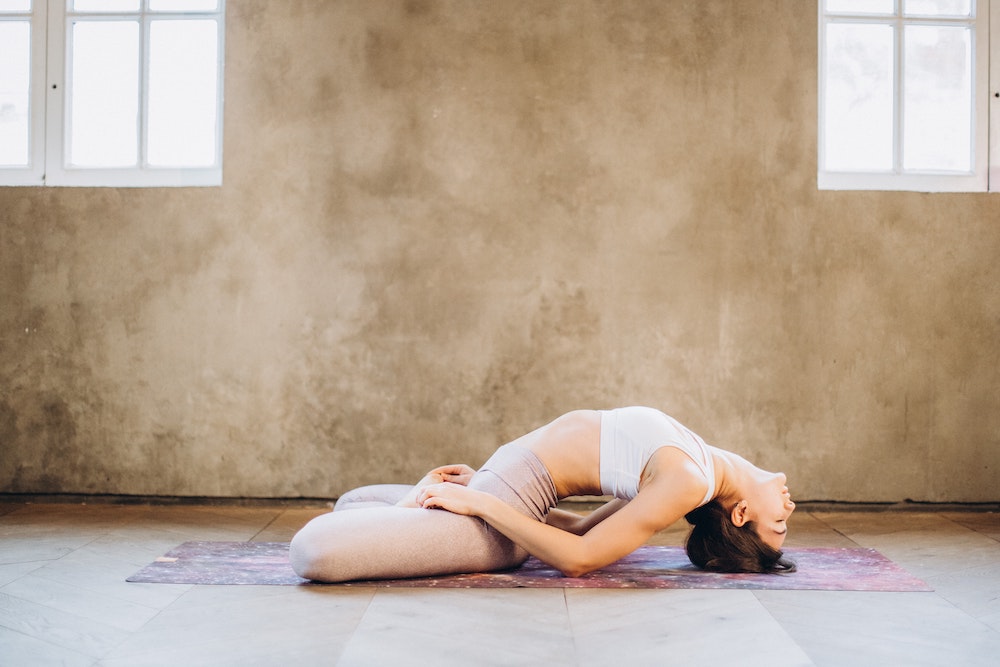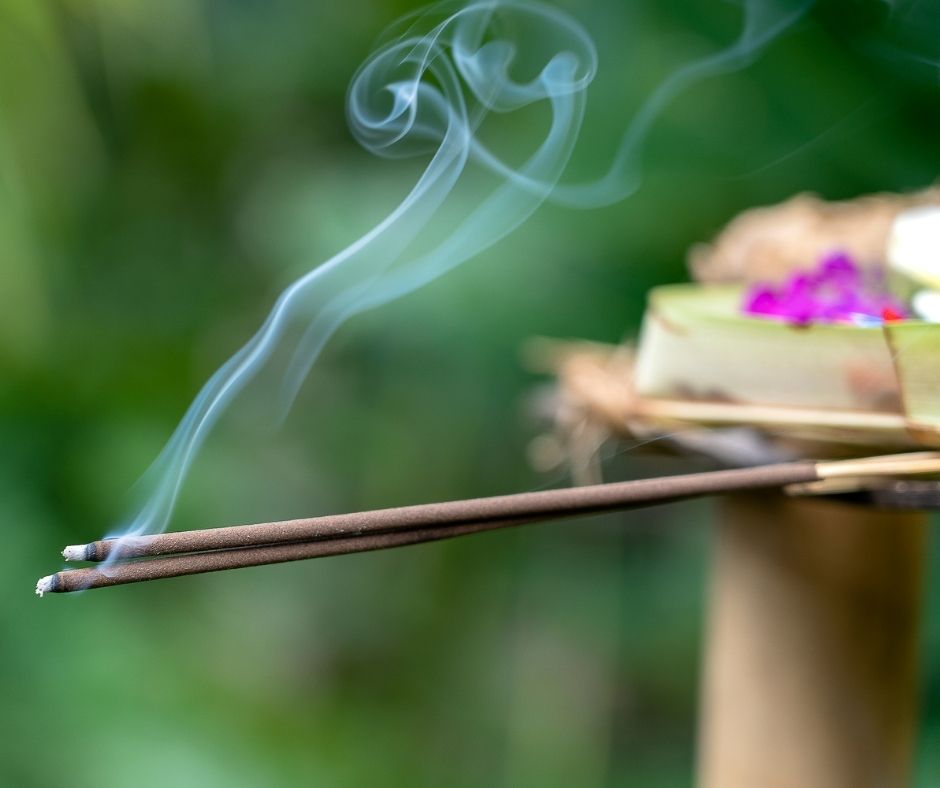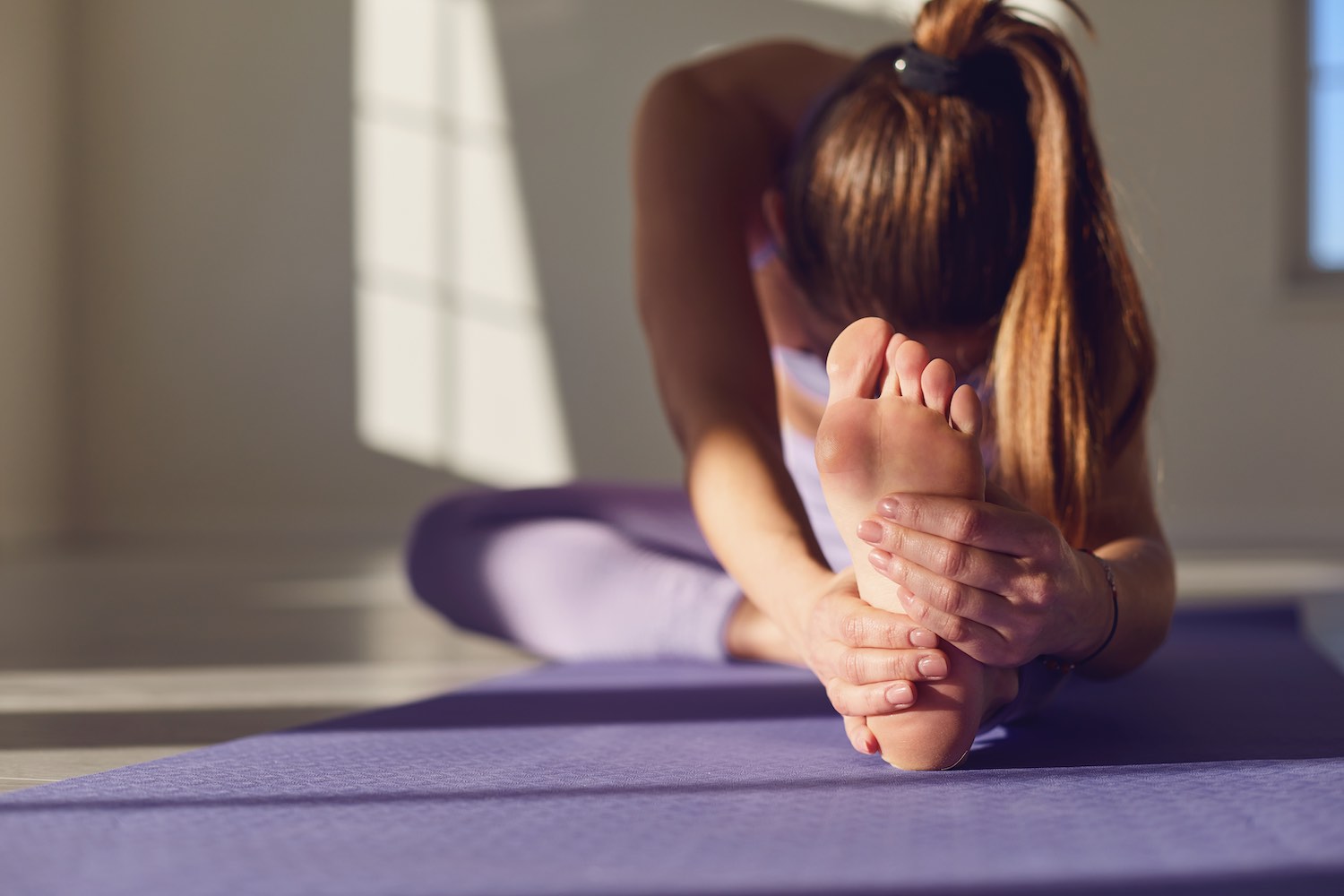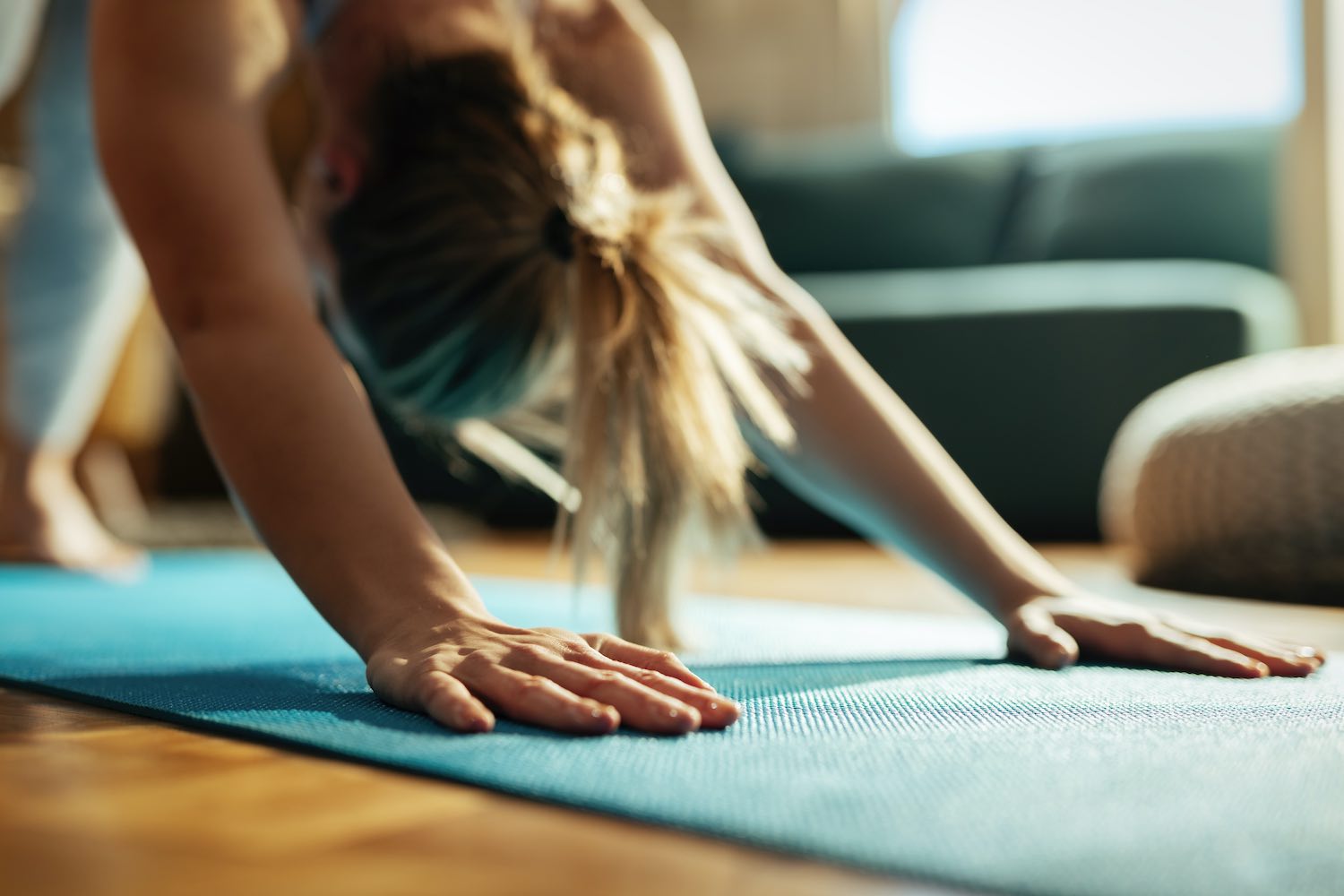Winter is a challenging time of year for many of us. Whether due to decreased sunlight exposure, stress of increased obligations, or our own unmet expectations of the season, a myriad of reasons can make this time of year difficult. In my home, my husband is the one unexpectedly struggling this year. In recent years, his brother and father have passed away and it’s the first time our children are “too old” for some beloved traditions. I’m making space for his sadness and acknowledging the grief of confronting impermanence, while also using the tools I’ve learned as a feng-shui consultant to nurture and buoy our spirits.
In the practice of feng-shui, we use color, light, and organization to create a space that acts as environmental affirmation, intentionally nourishing and sustaining us. One of my favorite resources for learning to pay close attention to the energy and effects of our things is Designer and Researcher Ingrid Fetell Lee’s book, Joyful: The Surprising Power of Ordinary Things to Create Extraordinary Happiness. She’s identified several overarching aesthetics of joy that can easily be incorporated and align with the practice of feng-shui.
Color
Color is an expression of the light spectrum used in feng-shui to balance the five elements (earth, metal, water, wood, and fire) and encourage the healthy flow of chi. Lee writes that “color is energy made visible,” and found that color energizes and creates a feeling of abundance. She believes that color is a signifier of life and the ability of an environment to support its inhabitants. Cities that have painted their buildings in more saturated hues, or have commissioned or supported the painting of murals, have seen the dramatic, uplifting effect color can have on inhabitants’ and visitors’ experiences. Perhaps in your own travels you’ve experienced the delight of finding an unexpected bit of color on doors, shutters, windows, or walls. (I have a series of photos taken of my sons posed in the brightly colored chairs found in tube stations throughout London.)
The winter light changes how we perceive color, so our preferences can change seasonally. Consider adding a hue you might not normally use to your home or wardrobe – a pair of colorful gloves or scarf, throw pillow or candle, potted plant or bouquet of flowers are all uplifting. Try these tips for incorporating color:
- Be forever young. Return to a preferred color of your youth, when many of us are naturally drawn to more saturated chroma.
- Make solid choices. Solid colors (over favorite patterns) can be an easy way to dip a toe into adding more hues into your life.
- Start small. Make a more dramatic impact by changing out artwork, adding a throw in a saturated tone, or painting a wall or door.
- Do it with holiday decor. If you decorate for the holidays, consider adding a little more color. For instance, my neighbors have had their colorful holiday lights up since Diwali, and it has brought the entire neighborhood a bit of communal joy.
Light
The decrease in light at this time of year is linked to symptoms of seasonal affective disorder, and a new review of the research on circadian rhythms has found a link between chronotype (a preference for morning or evening activities) and mood. In feng-shui, we add additional lighting and use mirrors to bounce more natural light around a room. Lee’s work on joy led her to ask what types of light are most effective for increasing joy. Her findings echo what many of us have experienced in schools and workplaces: that uniform, overhead lighting is less joyful than the variable lighting cast by the sun streaking through a window, a dancing fire, or the sparkle of outdoor bulbs strung over café patios. Disneyland uses this to spectacular effect in their evening parades. If the thought of a light parade in your home is a good thing gone too far, there are simpler ways to benefit from light:
- Wash windows to allow more light indoors between grey and stormy days.
- Walk or sit outside (or by an indoor window) for a few minutes each day.
- Notice if the majority of your lighting comes from a uniform overhead source. Consider adding a table lamp or candles to your lighting plan.
- If lights are a part of your holiday traditions, hang some in or outside of your own home, or alternatively take a few minutes in the evening to walk or drive to admire the lights in your neighborhood. Many towns string holiday light displays or add lights to trees during this time of year.
- Hang a mirror so that it reflects more natural light into your home. While mirrors aren’t recommended directly across from windows and doors, since they bounce chi energy right back outside, hanging mirrors perpendicular to windows and doors can amplify the natural light.
Organization
While collections and layers of pattern and texture support the aesthetic of abundance in Lee’s work, she found that freedom and harmony are best supported by open spaces and order. In feng-shui, clearing clutter is usually the first and most important step to shifting the energy of a space. If you care for someone who is struggling this season, it can be a loving gesture (with permission) to wash a load of dishes, clear a table, remove trash and recycling, or place laundry in a hamper. Look around your home for papers that congregate and multiply, things that don’t have a place they belong, and where your sticky spots are that magnetize clutter to them. Also, consider metaphorical clutter: thoughts and feelings that need to be attended to and released, paring back a huge to-do list to what is essential, or adjusting expectations of ourselves and others.
- Get outside to observe the biggest expanse of open space: the sky. Take a moment to notice the nuances of the sky, perhaps even creating a habit of noticing each morning and evening.
- Leave white space in your life. If you are decorating for the holidays, it can be easy to go overboard. Be sure to leave space for the eye to rest and consider leaving some white space in your calendar. Having some margin in a busy season can be a respite.
- In feng-shui, we prioritize clearing anything that keeps doors from fully opening since doors are the gateways for chi to enter and flow through the home. Leave big clearing out and decluttering for the new year, but see if any clutter is hiding in plain sight tucked behind doors.
While the winter can be challenging for many of us, we can use the tools of color, light, and organization to support and nourish ourselves. In this way, may we find gifts in the shadows of the season.















